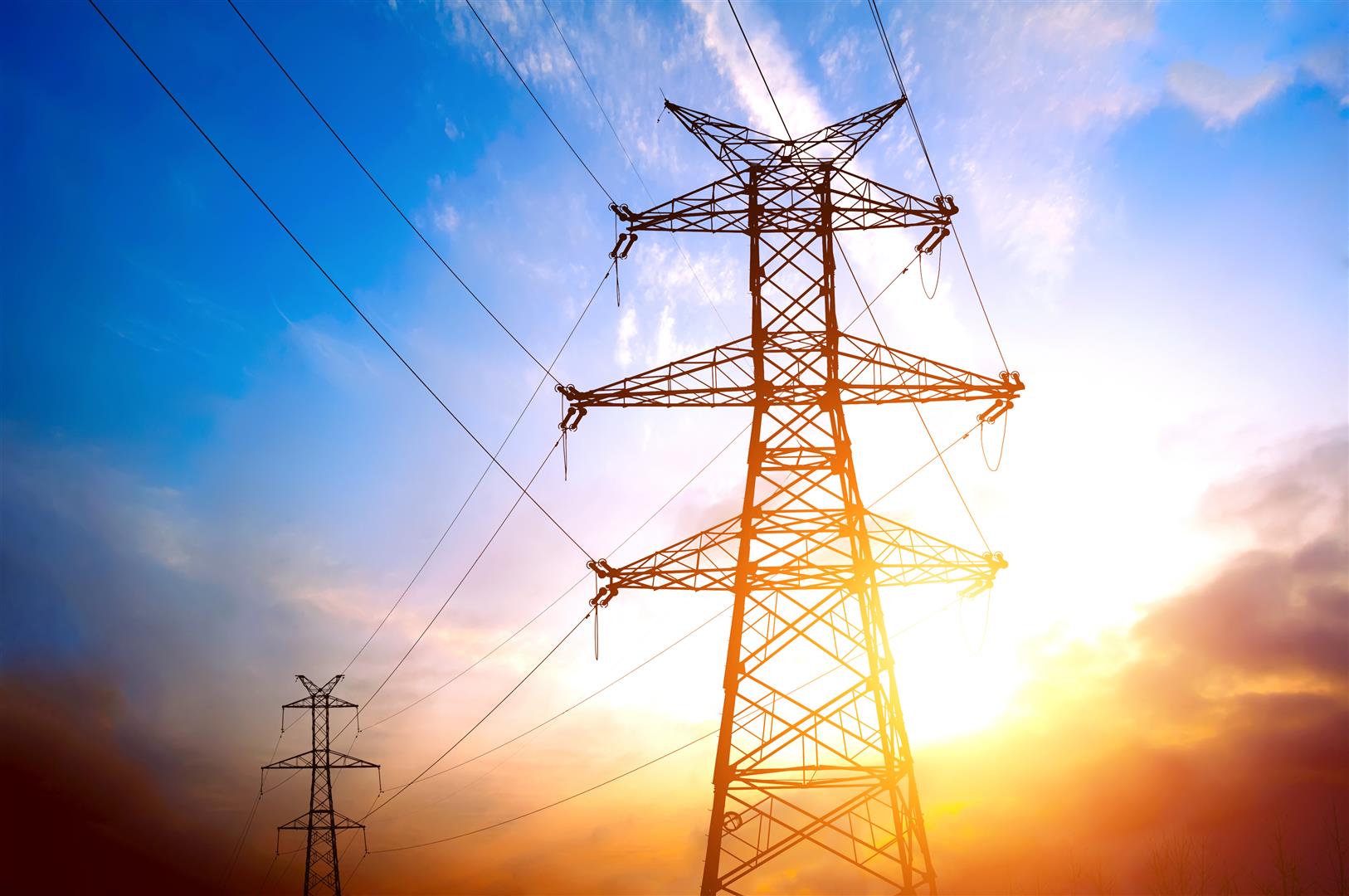Underground transmission lines’ advantages and disadvantages
A quick look at the advantages and disadvantages of underground cable transmission lines
The experiences of Peymabargh company in the field of construction of underground cable transmission lines
In this article, we take a look at the advantages and disadvantages of land and underground transmission lines and its differences with overhead transmission lines. Also, some Peymabargh projects in this field are introduced. You can also see all Peymabargh projects in this link. Check. The electrical industry can be categorized without exaggeration as one of the parent industries to which many other industries are highly dependent. And life without it seems very unlikely and far from the mind. Power transmission and distribution lines in different areas are a kind of vital arteries of this industry and are considered as its necessities.
Power transmission lines are divided into two categories:
- Aerial transmission lines
- Underground Cable Transmission lines
And each of them have different advantages and disadvantages
In this article, we will take a look at the advantages and disadvantages of land and underground transmission lines.
Underground power transmission lines
Land transmission cable lines are, in fact, based on the underground transmission method. In European countries and North America, for many years, power transmission lines within cities were mainly built on land. In our country, the main transmission lines have been deployed by overhead, but for several years the importance of establishing ground transfer lines in residential areas has been very prominent. Methods such as design and operation make it a much more expensive method than overhead transmission lines. Troubleshooting ground force transmission lines also requires special and expensive equipment, which increases the cost of construction and management of these lines.
But at the same time, overhead transmission lines are safer and less dangerous, and the possibility of power outages and blackouts in this method is much less, because access to these lines is not possible at all for different people, and therefore the possibility of creating a risk is very unlikely. Also, due to the underground transmission lines, there is no disruption in the urban facade and environmental architecture, while the transmission lines, due to the shape of the structures and its special cabling for urban and residential environments. They do not look very appropriate and attractive.
The combination of these points makes the method of land transmission lines a suitable option for power transmission in residential and densely populated areas; also, the increasing population growth in urban and rural areas, increases the need to build land transmission lines more and more.
Underground tunnels
Underground tunnels that are constructed and operated in residential areas for the transfer of land forces, in fact, are part of the urban infrastructure that can be used for other purposes such as the transfer of water pipes or telecommunication cables and since no privacy is defined for them, they are very useful and practical in narrow and residential areas; Therefore, organs and trustees of urban affairs such as the municipality, telecommunications company, water and sewage company, etc. can work with the participation and participation of regional electricity companies to set up and implement land transmission lines and underground tunnels, and based on this participatory method, make these urban projects cost-effective by cutting costs.
From a scientific point of view, low-frequency underground power transmission lines are suitable options for high load densities.
Peymabargh Company projects in the field of setting up underground transmission lines
The types of transmission lines are divided into several different categories based on the voltage level. For urban and rural residential areas, mostly medium voltage (distribution) lines are used, whose voltage is up to 33 kV.
Peymabargh Company has a lot of experience in setting up ground and underground transmission lines, and these projects mainly include 63 kV ground transmission lines.
In its latest experience, Peymabargh Company has succeeded in implementing the EPC project of 230 kV Tabriz tunnel cabling. Also, most of these 63 kV projects have been implemented in Tehran and Karaj.
Numerous projects related to the construction of land and underground transmission lines include the following:
- Complete construction of 63 kV line-Shahriar
- Cabling of 63 kV dual circuit line-Sohrevardi
- Cabling of 63 kV dual circuit line-Shoosh-Molavi
- Cabling of 63 kV dual circuit line-Alghadir of Science and Technology University
- Cabling of 63 kV dual circuit Line-Karaj 1 and Karaj 2
- Cabling of 63 kV dual circuit line-Ghoorkhane-Bahar
- Cabling of 63 kV dual circuit line-Ghoorkhane-Farabi
- Cabling of 63 kV dual circuit line-Shoosh-Khorasan
- Cabling of 63 kV dual circuit Line-Zafar-Haghani
- Cabling of 63 kV four-circuit line-Gheitarieh-Elahieh
- Cabling of 63 kV six-circuit line-Resalat
- Cabling of 63 kV dual circuit Line-Ghoorkhane-Zahir al eslam
- Cabling of 63 kV dual circuit Line-Azadegan-Mortazavi and etc.


No Comments